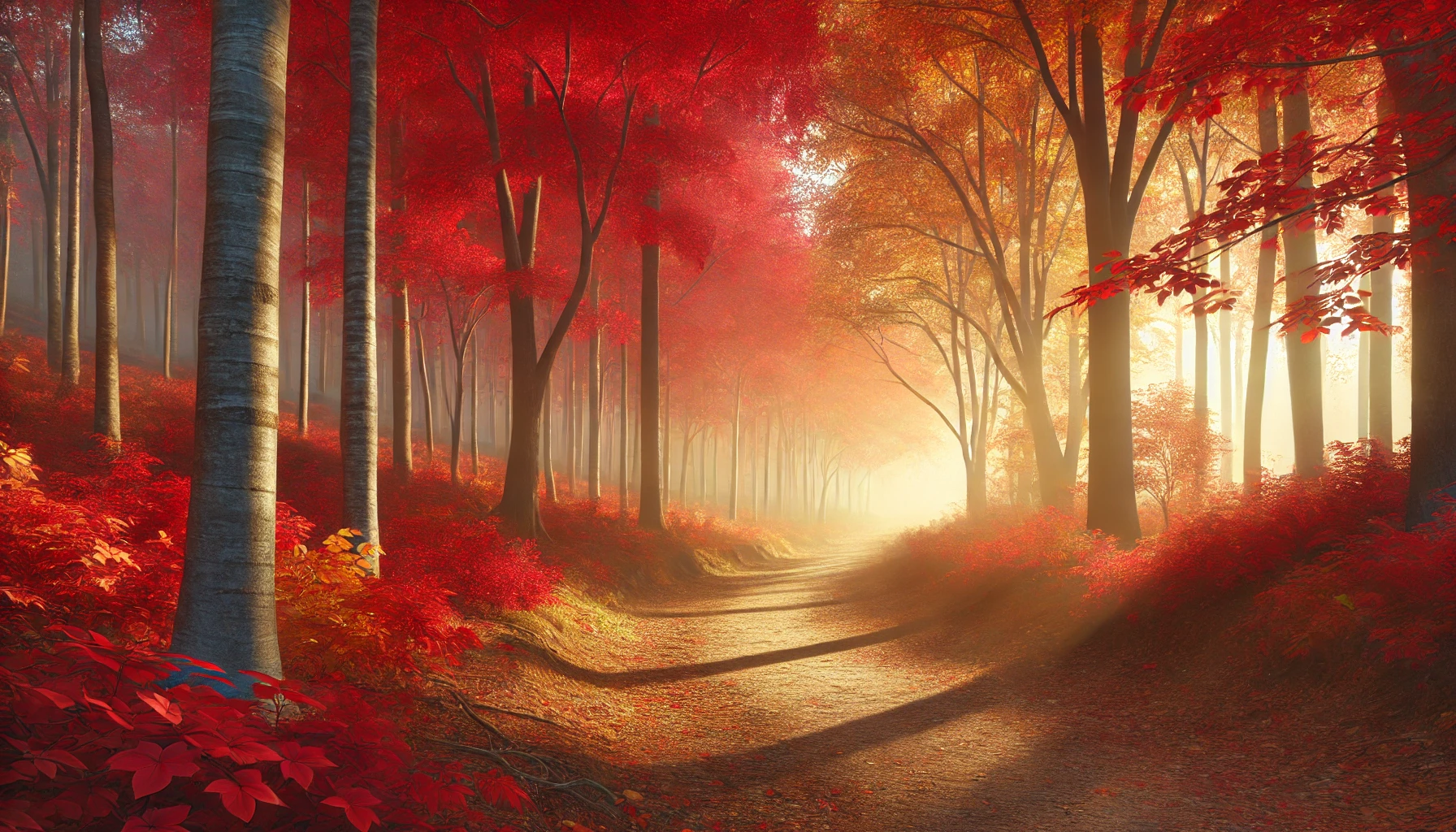Autumn is a photographer’s dream, with vibrant hues of red, orange, and yellow painting the landscape. Capturing the essence of this season requires thoughtful composition, lighting, and timing. Here’s how to create stunning autumn landscape photos.
1. Choose the Right Time
Timing is crucial for fall photography. Research the peak foliage season in your area and plan your shoots accordingly.
- Golden Hour: Adds warmth and highlights the rich tones of autumn leaves.
- Overcast Days: Create soft, even lighting for moody and atmospheric shots.
Pro Tip: Visit the same location at different times for diverse lighting effects.
2. Use a Polarizing Filter
A polarizing filter reduces glare and enhances the vibrancy of autumn colors. It also helps bring out details in the sky and reflections in water.
Pro Tip: Rotate the filter slowly to find the best balance between saturation and natural tones.
3. Incorporate Leading Lines
Use natural elements like trails, rivers, or fences to guide the viewer’s eye through the frame. Leading lines add depth and make your composition more engaging.
Pro Tip: Look for winding paths or roads lined with trees for dynamic compositions.
4. Focus on Details
Close-ups of leaves, textures, or dew drops on grass can add variety to your autumn photo series. Use a macro lens to capture intricate details.
Pro Tip: Experiment with bokeh by using a wide aperture to blur the background and highlight the subject.
5. Experiment with Foreground and Background
Layering elements in your composition adds depth. Combine colorful foliage in the foreground with distant hills or lakes in the background.
Pro Tip: Use a wide-angle lens to capture expansive views while maintaining detail in all layers.
6. Capture Reflections
Look for reflections of trees and foliage in ponds, lakes, or puddles to add symmetry and creativity to your shots.
Pro Tip: Use a tripod for stability when shooting reflections in low light.
7. Adjust Your Camera Settings
For sharp and vibrant autumn photos:
- ISO: Keep it low (e.g., 100–200) to reduce noise.
- Aperture: Use f/8–f/16 for landscapes or f/2.8–f/5.6 for shallow depth of field.
- White Balance: Adjust manually to enhance the warm tones of autumn.
Pro Tip: Shoot in RAW format for maximum flexibility in post-processing.
Checklist for Autumn Landscape Photography
- Have you included layers for depth and leading lines for direction?
- Is your lighting optimized to enhance the warmth of the scene?
- Have you captured a mix of wide shots and close-up details?
Autumn landscapes offer endless opportunities for creativity. By focusing on lighting, composition, and seasonal elements, you can capture the beauty and magic of fall.
